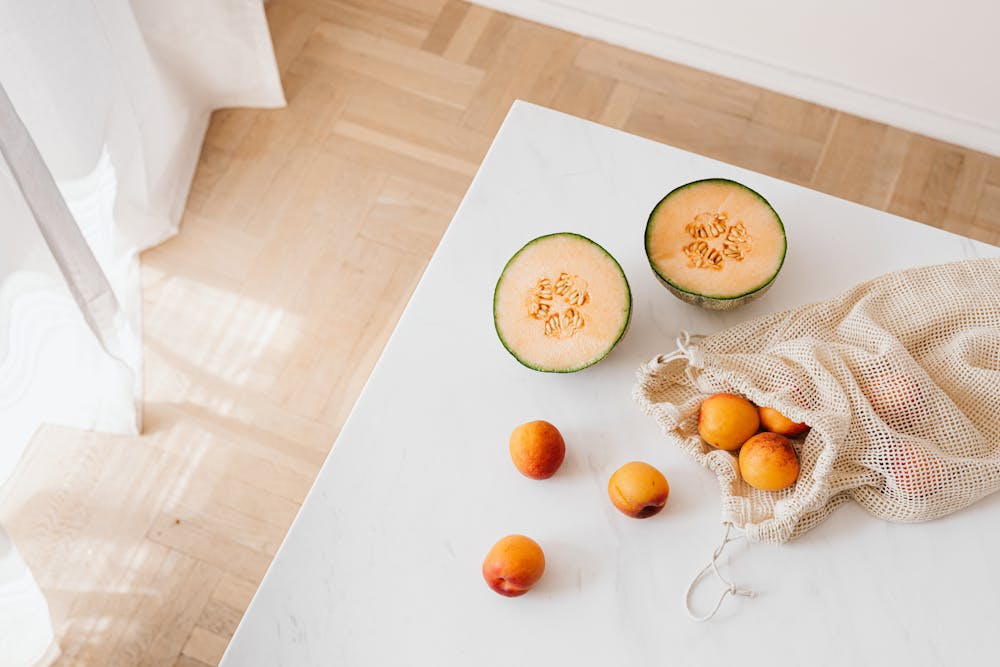Navigating healthy eating on a budget has been a journey of discovery and creativity for me. Over time, I’ve developed smart strategies and habits that allow me to prioritize nutritious foods without breaking the bank. Here are some of the budget-friendly healthy eating strategies that have worked wonders for me:
 1. **Meal Planning and Batch Cooking**: One of the most effective ways to save money on groceries is by planning meals ahead of time and batch cooking. I set aside some time each week to plan out my meals, taking inventory of what ingredients I already have and making a shopping list for the items I need. By preparing meals in bulk and portioning them out for the week, I not only save money by buying ingredients in larger quantities but also save time by having meals ready to go when I need them.
1. **Meal Planning and Batch Cooking**: One of the most effective ways to save money on groceries is by planning meals ahead of time and batch cooking. I set aside some time each week to plan out my meals, taking inventory of what ingredients I already have and making a shopping list for the items I need. By preparing meals in bulk and portioning them out for the week, I not only save money by buying ingredients in larger quantities but also save time by having meals ready to go when I need them.
 2. **Embracing Plant-Based Proteins**: Incorporating more plant-based proteins into my diet has been a game-changer for both my health and my budget. Beans, lentils, chickpeas, and tofu are not only affordable sources of protein but also versatile ingredients that can be used in a variety of dishes, from soups and stews to salads and stir-fries. By reducing my reliance on expensive animal proteins and embracing plant-based options, I’ve been able to stretch my grocery budget further while still meeting my nutritional needs.
2. **Embracing Plant-Based Proteins**: Incorporating more plant-based proteins into my diet has been a game-changer for both my health and my budget. Beans, lentils, chickpeas, and tofu are not only affordable sources of protein but also versatile ingredients that can be used in a variety of dishes, from soups and stews to salads and stir-fries. By reducing my reliance on expensive animal proteins and embracing plant-based options, I’ve been able to stretch my grocery budget further while still meeting my nutritional needs.
 3. **Buying Seasonal and Local Produce**: Shopping for seasonal and locally grown produce is not only better for the environment but also easier on the wallet. Seasonal fruits and vegetables are often more abundant and therefore less expensive than their out-of-season counterparts. I love visiting farmers’ markets and participating in community-supported agriculture (CSA) programs to support local farmers and get fresh, high-quality produce at an affordable price.
3. **Buying Seasonal and Local Produce**: Shopping for seasonal and locally grown produce is not only better for the environment but also easier on the wallet. Seasonal fruits and vegetables are often more abundant and therefore less expensive than their out-of-season counterparts. I love visiting farmers’ markets and participating in community-supported agriculture (CSA) programs to support local farmers and get fresh, high-quality produce at an affordable price.
 4. **Minimizing Food Waste**: Minimizing food waste is another important aspect of budget-friendly healthy eating. I make a conscious effort to use up leftovers, repurpose ingredients, and get creative with meal planning to ensure that nothing goes to waste. Vegetable scraps can be used to make homemade broth, stale bread can be turned into croutons or breadcrumbs, and leftover grains and proteins can be transformed into delicious salads or stir-fries.
4. **Minimizing Food Waste**: Minimizing food waste is another important aspect of budget-friendly healthy eating. I make a conscious effort to use up leftovers, repurpose ingredients, and get creative with meal planning to ensure that nothing goes to waste. Vegetable scraps can be used to make homemade broth, stale bread can be turned into croutons or breadcrumbs, and leftover grains and proteins can be transformed into delicious salads or stir-fries.
 5. **Strategic Shopping and Comparison**: Being strategic about where and when I shop for groceries has also helped me save money. I take advantage of sales, discounts, and coupons to stretch my grocery dollars further, and I’m not afraid to compare prices and shop around to find the best deals. Buying in bulk, choosing store brands over name brands, and opting for frozen or canned fruits and vegetables when fresh options are too expensive are all strategies that help me stay within my budget while still eating healthily.
5. **Strategic Shopping and Comparison**: Being strategic about where and when I shop for groceries has also helped me save money. I take advantage of sales, discounts, and coupons to stretch my grocery dollars further, and I’m not afraid to compare prices and shop around to find the best deals. Buying in bulk, choosing store brands over name brands, and opting for frozen or canned fruits and vegetables when fresh options are too expensive are all strategies that help me stay within my budget while still eating healthily.
 In conclusion, budget-friendly healthy eating is not only achievable but also enjoyable with the right strategies and mindset. By meal planning and batch cooking, embracing plant-based proteins, buying seasonal and local produce, minimizing food waste, and being strategic about shopping, I’ve been able to prioritize nutritious foods without overspending. With a little bit of planning and creativity, eating healthily on a budget is not only possible but also empowering and rewarding.
In conclusion, budget-friendly healthy eating is not only achievable but also enjoyable with the right strategies and mindset. By meal planning and batch cooking, embracing plant-based proteins, buying seasonal and local produce, minimizing food waste, and being strategic about shopping, I’ve been able to prioritize nutritious foods without overspending. With a little bit of planning and creativity, eating healthily on a budget is not only possible but also empowering and rewarding.

